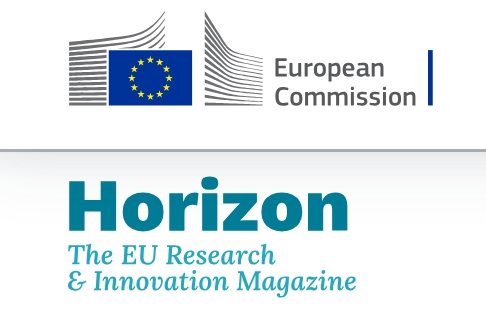With just a few hours to go before the end of the working year, we are delighted to announce that our Twinghy project has attracted the attention of Horizon Magazine.
Published by the European Commission’s Directorate-General for Research and Innovation, Horizon is the European Union’s official magazine on research and innovation. Its informative articles aim to make EU-funded science and innovation accessible to a wide audience.
Raquel Torruella Martínez, project coordinator at Celsa Group, and Sébastien Caillat,, chief combustion expert at Fives, were interviewed about the role of the Twinghy project in driving innovation by connecting research, industry, and climate policies to achieve tangible results.
The Horizon Magazine article presents the Twinghy project as a European initiative aimed at reducing CO₂ emissions in the steel industry by using hybrid burners that can operate with both hydrogen and natural gas. It highlights how the project combines technological innovation with a pragmatic approach to retrofitting, enabling integration into existing furnaces without the need for significant structural modifications. Advanced digitalisation tools, such as a digital twin of the furnace, are also used to optimise combustion and energy efficiency.
You can find the full article at this link: Turning up the heat on steel’s carbon pollution problem | Horizon Magazine
